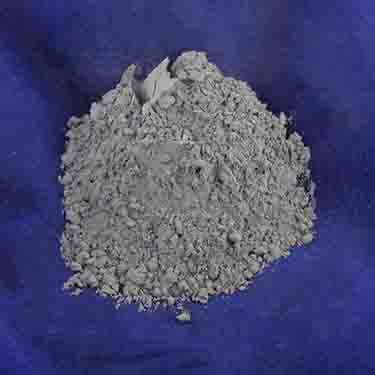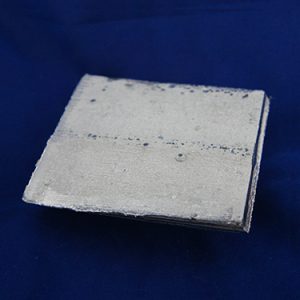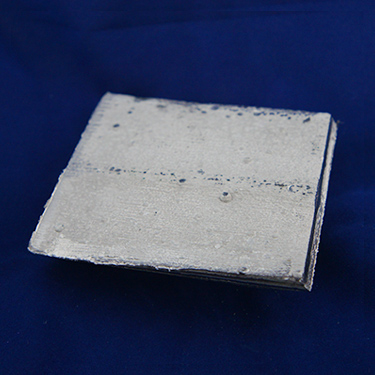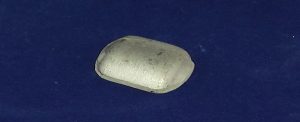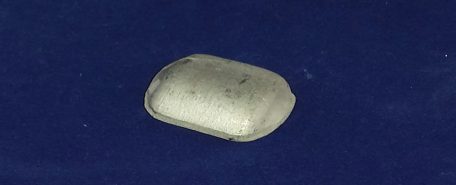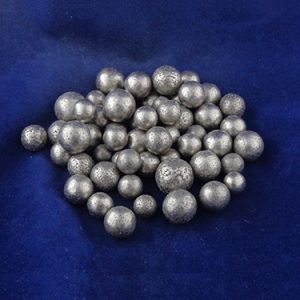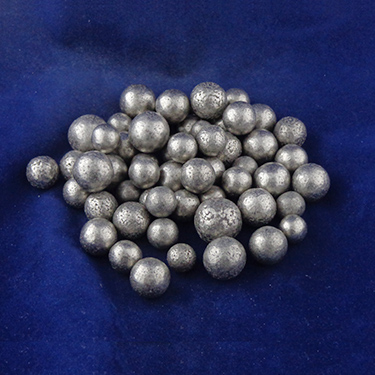Many metals are used in their pure powder form in the manufacturing of various products. There are many grades of iron powder, as they are categorized based on their purity, grain size, density, and the manufacturing method. So the iron powder will be modified to fit into the application. Iron Powder Properties Iron powder is…
RELATED POSTS

Silicon Powder Applications and Uses
Many manufacturers require pure metals in a range of different shapes to add as additives when making products. These metals provide different properties to the products, such as hardening metals, providing corrosion resistance, or reduces oxidation. Silicon is one metal found in a wide range of industries due to its versatility and cost-effectiveness. Pure silicon…

Can Using Nickel Alloys for Jewelry Cause Problems?
When Baron Cronstedt originally extracted nickel in 1751, he intended to produce copper. That’s why he called this newly discovered metal kupfernickel, a German word that roughly translates in English to “devil’s copper.” Even though nickel’s a very useful and popular metal, the name might almost appear ironic to some people in modern times. Though…

Powdered Metals Providing Versatile Appearance in Painting Applications
During the final phase of the manufacturing process, many products and components are coated with a paint to create a more aesthetically-pleasing appearance as well as to seal over the material to improve corrosion and stain resistance. When talking about most painting applications, people are aware of both oil-based and water-based paints. Yet metallic paints…

Gold Karat Alloying: Adding Master Alloys and Virgin Additives to Enhance Characteristics
The beauty and rarity of gold is well-known. It’s treasured by jewelers due to its brilliant color and historians who are in search of antique coins. For everyday applications, gold is found throughout our lives in smart phones, laptops and other electronics as this metal is crafted into gold-plated circuit boards. Applications will use gold…

Discussion and Current Applications for 3d Metal Printing
Are you experimenting with 3D metal printing? Current industry trends say that 3D metal printing will overtake casting by 2020, according to Spotlight Metal, and it’s already being used for small batches of products and parts. If you’re on the forefront of this new manufacturing process or thinking about it, you’re probably interested in the…

3D Metal Printing: Alloys and Powder Types and Specs
Whether creating prototypes for application components, precision gears, or jewelry, more manufacturers are turning to the capabilities provided by 3D metal printing. Also called additive manufacturing, this process relies on technology that uses a metal powder in a layering process to produce the three-dimensional part. There are several methods used in the 3-D metal printing…

Common Uses for Powdered Metals
If you are debating the best form or metal to use for your manufacturing business, you may be surprised to learn that powdered metals have just as many uses as their metal alloy counterparts. In fact, adding a powdered metal to your master alloy can increase certain desirable properties and decrease certain undesirable properties. Our…

Creating complex shapes
Powdered metals help engineers produce parts cost-effectively What is the best way to make a 3-D part out of metal? It depends. There are a number of considerations involved, including time and money. To create parts, manufacturers can choose either a subtractive or an additive manufacturing process. Subtractive manufacturing involves taking a block of material…

